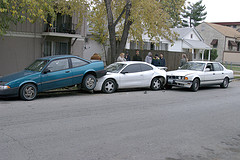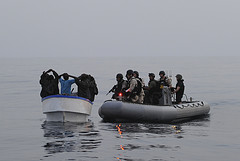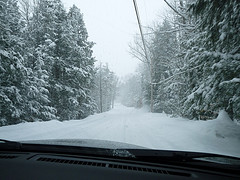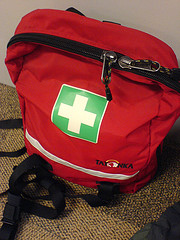 If you plan on skiing or snowboarding this year – even inside your own country – please take a look at these statistics and understand the range of your health insurance or purchase ski travel insurance.
If you plan on skiing or snowboarding this year – even inside your own country – please take a look at these statistics and understand the range of your health insurance or purchase ski travel insurance.
What is ski travel insurance?
Ski travel insurance is just a fancy name for a travel insurance package, which can be purchased for a single trip or on an annual basis. If you are planning a number of ski or snowboard trips, and you know you’ll be outside the network of your own health insurance, please consider purchasing a travel insurance package to protect yourself (and your family) from the high cost of medical care outside your network. Â This is especially true if you will be outside your home country (where your health insurance does not extend).
Another important coverage to verify in your travel insurance package is medical evacuation. If you have to be airlifted off the mountain and taken to a hospital, you can bet those costs won’t be covered by the ski resort. You’ll have to pay those costs.
Important! Check the travel insurance policy to be sure it covers skiing or snowboarding. Sometimes, these activities are excluded from coverage and require the addition of an adventure or hazardous sports rider to be added to the plan.
Lets look at some ski and snowboard stats
According to the National Ski Areas Association, the 2009/2010 ski season was an average year for fatalities and serious injuries. Â Out of 59.8 million skiers and snowboarders, there were:
- 38 fatalities
- 25 skiers (18 male, 7 female)
- 13 snowboraders (12 male, 1 female)
- 39 serious injuries
- 16 skiers (11 male, 5 female)
- 23 snowboarders (16 male, 7 female)
Of course, as a yearly average, these deaths, while tragic, don’t reach nearly the number of Americans who die in motor-vehicle accidents, bike riding, or even drowning. Plus, the overall rate of reported skiing injuries has declined by half since the early 1970s, partly due to change in the structure of ski boot binding systems.









